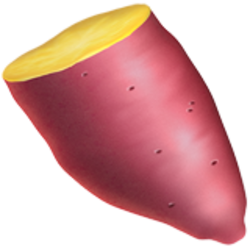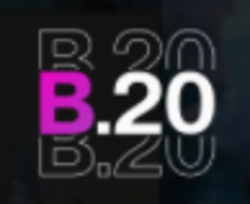
Fibonacci Retracements and Currency Trading
Fibonacci Retracements are a unique type of technical analysis that focuses on market movements underscored by the belief that certain patterns are influenced by human behaviour—specifically that of traders. Generally speaking, if traders vigorously buy up a stock, driving up its price, there will come a point when the bullish fervour will stop and traders will assess whether or not the stock is overbought. Prices will then retrace some of that bullish elevation, but then they will take pause as traders decide whether the original trend was justified or not. Whichever way the decision goes, there will follow a defined period when markets act on it, and prices will either shoot up again or start falling.
If there was a way to determine where those points of pause occur, it could help those involved in currency trading or CFD trading to make more informed trading decisions. For instance, once a price starts to drift up again, there could be reason to believe that a surge of bullishness is on the way and a “buy” deal should be opened. According to Fibonacci – whose real name was Leonardo Pisano – finding trends in human behaviour is no more elusive than finding trends in the shape of a rose’s petals. In both cases, certain key ratios operate behind the overall structure. Keep in mind, however, that although technical analysis methods like Fibonacci retracements can be helpful, they’re never a guarantee and should only be used to gain insight.
Fibonacci Sequence 101
If you write a series of numbers starting with 0,1… and make each new number the sum of the previous two, you’ll get the Fibonacci sequence. Take each number and divide it by the previous one, and you’ll get the ratio of 1.618. If you divide it by the number two places to the left, you’ll get 3.82, and so it goes on. This determines the Fibonacci ratios which, according to our theory, hint at the key pausing points in financial trading trends. These are then used in CFD currency trading, stock trading, and even crypto currency trading to help gain insight. Keep reading to find out how.
Using Fibonacci Retracements to Find Bearish Trends
Take a price chart with a pronounced spike up, followed by a sharp drop down, after which prices start rising again. At the initial peak, you draw a horizontal line, and then another at the low point after the drop. You are now interested in monitoring how much of this bearish trend is going to be retraced in the opposite direction. Before anything else, draw more horizontals at all the key Fibonacci levels: 23.6%, 38.2%, 61.8% and 78.6%. Now watch to see how high prices rise before plateauing. Let’s say, two weeks from now, prices start evening out at your 38.2% line. This piques your interest because the stall in prices is following a Fibonacci pattern, but you continue to wait. Then, after a few days, prices start dropping again. This pattern could suggest that the market decided to head further into bearish territory, leading to a potential CFD “sell” deal. If prices indeed go for another dip, the trade would be successful.
Using Fibonacci Retracements to Find Bullish Trends
In the same scenario, the plateau could be a precursor to a big bullish reversal. In other words, the factors pulling the strings behind the market could have changed dramatically enough to change trader sentiment 180 degrees from that sharp downturn. Let’s say we’re looking at an oil chart and, as prices were drifting up from the original trough, sanctions were imposed on a nation that provides a large chunk of the world’s oil. Then, if, after the pause at 38.2%, prices continued to rise, there could be reason to expect a wave of bullishness (because traders are expecting prices to rise), and therefore it may be an opportunity to open a “buy” CFD deal on oil. Again, this type of scenario is not to be taken as trading advice, rather as a demonstration on how to implement Fibonacci retracements into your trading strategy.
Wrapping Up
When CFD traders are using Fibonacci Retracements to analyse price charts, whether it be in currency trading or with any other CFD instrument including commodities, shares, ETFs, indices or cryptocurrencies, they also make use of other trading tools like candlestick patterns and moving averages because, using all these indicators together provides a more accurate sense of the direction markets could be headed in. It’s also wise to watch video tutorials of Fibonacci Retracements in action to see them employed in different time frames and different situations. But at the end of the day, your currency trading goals are unique to you and your level of experience, so be sure to familiarise yourself more with technical analysis methods like Fibonacci retracements before actually putting them to work.









































